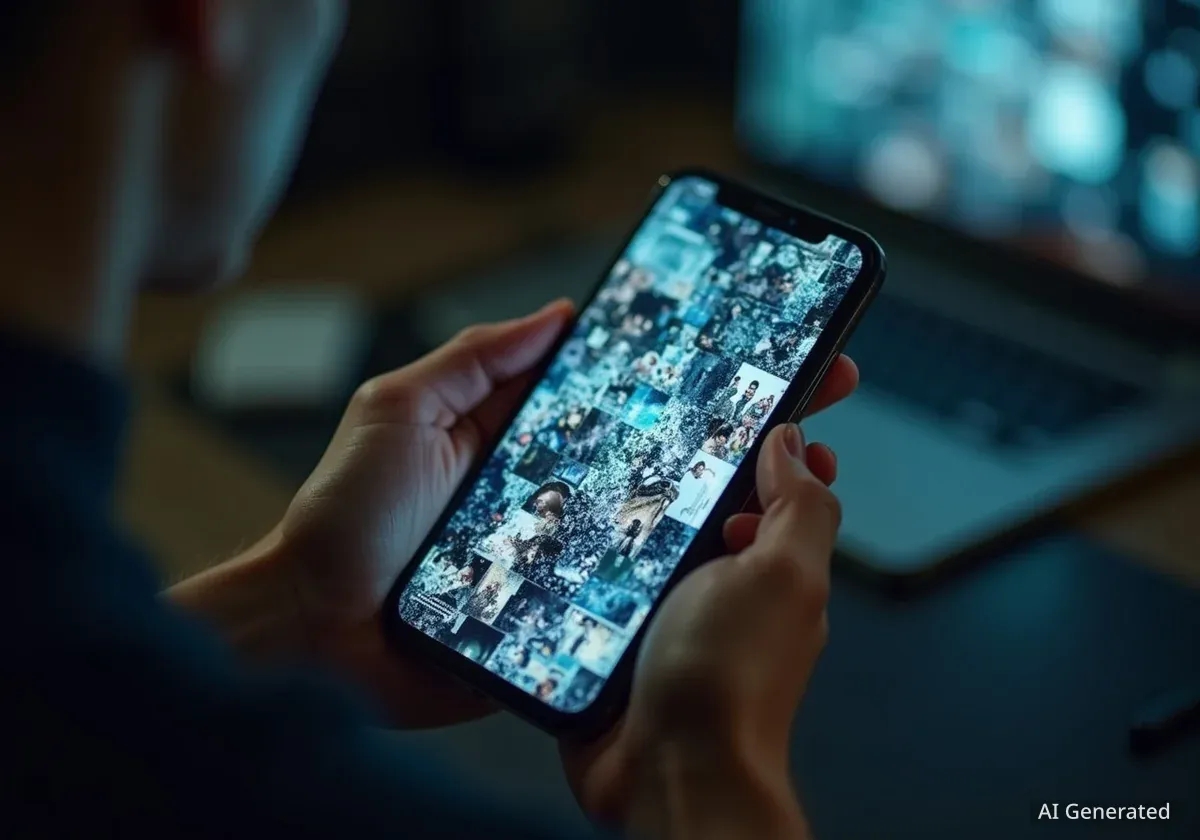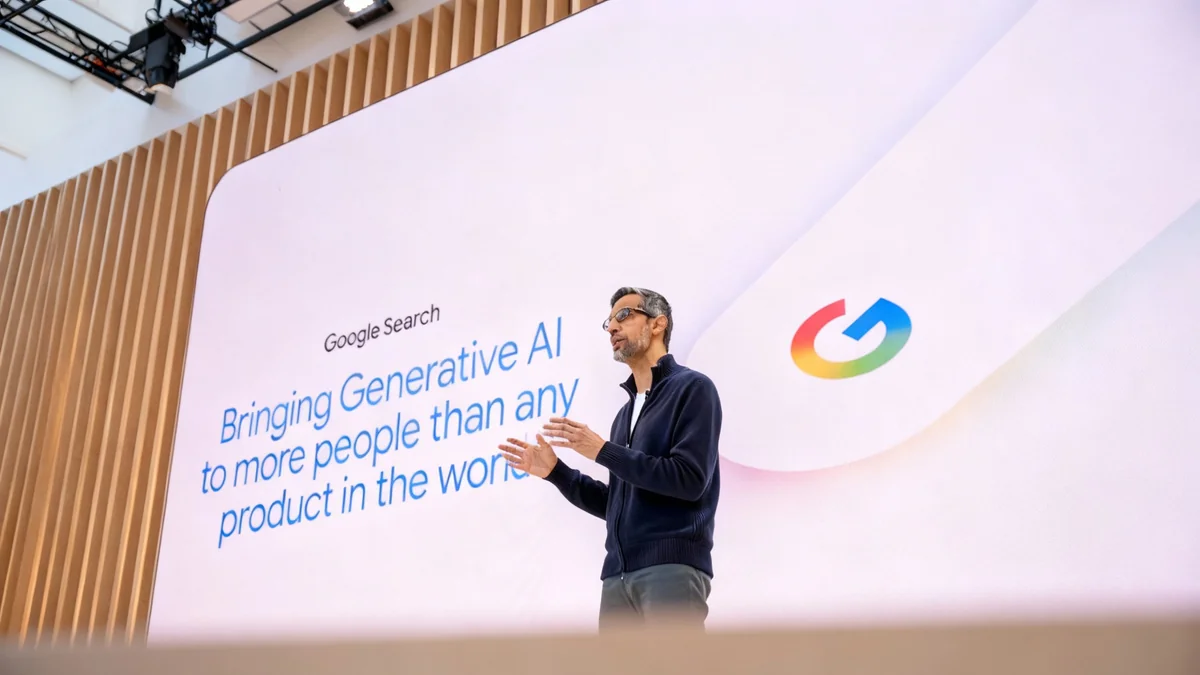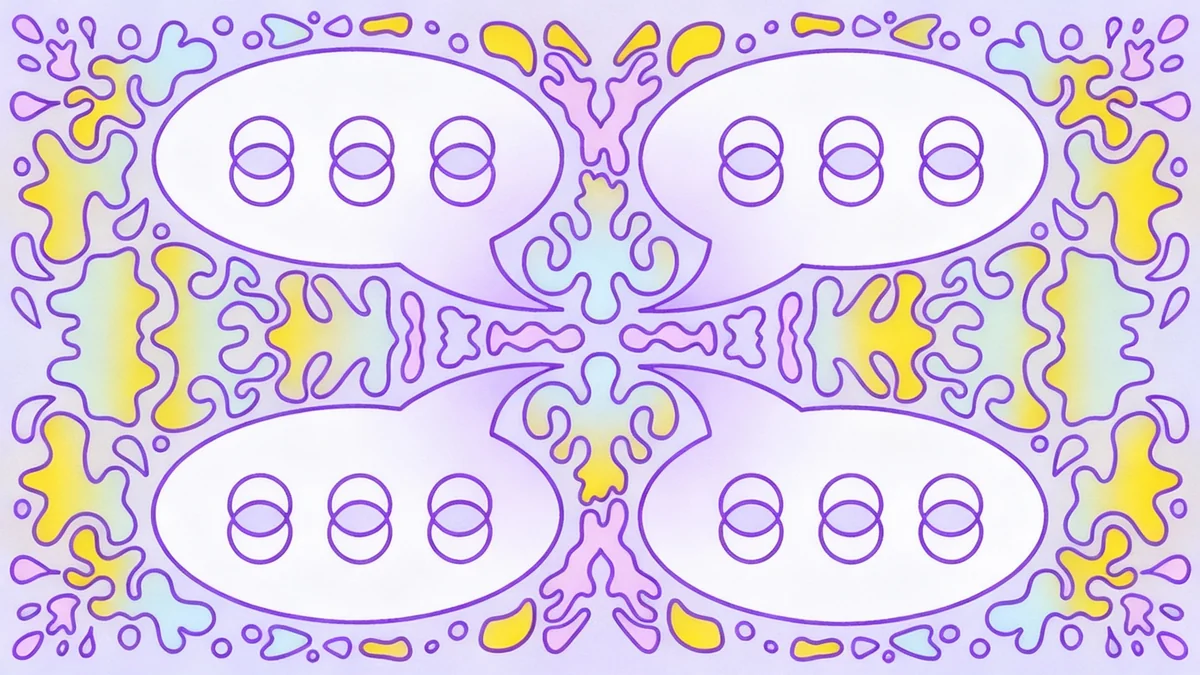Artificial intelligence technology is being used in Russia to generate short videos for family members of deceased soldiers, offering a digital form of goodbye. These animated clips, often created from wedding photos and military stills, depict loved ones blinking, moving, and sometimes speaking scripted farewells. This practice has become notably popular among wives and mothers of soldiers killed during the ongoing conflict in Ukraine.
The trend, sometimes called "digital resurrection," involves animating still images to simulate movement and speech. While similar practices have emerged globally, its widespread adoption in Russia, particularly for fallen soldiers, has drawn specific attention and debate.
Key Takeaways
- AI is used in Russia to create animated videos of deceased individuals.
- These videos are popular among families of soldiers killed in the Ukraine conflict.
- Services cost around $30 for an animated clip and an additional $30 for a simulated voice.
- The trend began with a VKontakte page and quickly went viral.
- The practice has sparked debate about grief, technology, and the portrayal of fallen soldiers.
The Rise of Digital Farewells
The use of artificial intelligence to animate images of the deceased has gained significant traction in Russia. Family members, especially those grieving soldiers lost in the Ukraine conflict, are commissioning these short videos as a way to find closure.
The process typically involves submitting photographs of the deceased to an AI editor. These photos are then used to create a brief animated sequence, often showing the person in a final, poignant moment. For instance, one video depicted a Russian army officer, killed in the summer of 2022, in a digital farewell. It showed him in a wedding suit and then in military fatigues, ascending into clouds.
Quick Facts
- Cost: Approximately $30 for a video, an additional $30 for voice simulation.
- Duration: Videos are typically around 60 seconds long.
- Platforms: Services are offered via Telegram bots and VKontakte pages.
Closure for Grieving Families
For many families, these AI-generated videos provide a unique form of comfort. Yelena Kirghizova, the widow of the officer in the aforementioned video, shared her experience. Her husband's body was never returned, a common issue within the Russian army, which often struggles to account for missing soldiers.
"For a long time, everything was shrouded in mystery. His body was never returned to us, there was no funeral, no opportunity to say goodbye," Yelena stated.
She recounted the difficult process of her son providing DNA samples twice, hoping for a match with recovered remains. Yelena conducted her own investigation, eventually learning from his comrades that her husband "died like a true warrior," a death she described as "painful, but dignified." The AI video offered a form of closure that traditional mourning rituals could not provide due to the circumstances of his death.
The Mechanics of Digital Resurrection
The service is relatively accessible. For approximately $30, grieving relatives can send a photo of their loved one to an editor using a Telegram bot or a VKontakte page. VKontakte is Russia's equivalent of Facebook. They then receive a short animated clip. For an additional $30, the deceased can "speak" again. This is achieved through voice simulation, adapted from old recordings, to recite pre-written farewell messages.
Background on the Trend
The concept of "digital resurrection" gained some attention in English-speaking online communities earlier this year. However, in Russia, its popularity has grown significantly, especially among those impacted by the conflict in Ukraine. The emotional weight of these videos is particularly strong in this context.
The Viral Spread of "Final Meeting"
Anna Korableva, the founder of a VKontakte page named "Final Meeting," played a key role in making this trend widespread in Russia. Korableva began experimenting with AI about a year ago. Initially, she created videos where people appeared to embrace their younger selves, superimposed into childhood photos.
The turning point came in the spring when a woman asked Korableva to animate an embrace between herself and her brother, who had been killed in the war. Korableva created the video for free, in exchange for permission to post it on her page. Within two weeks, the clip went viral, leading to hundreds of orders. Korableva reported receiving up to 500 requests per day.
In May, she officially launched the "Final Meeting" page. She continues to process orders from that initial rush, with new requests often placed on a waiting list. Korableva views her project as a form of "therapy" that assists people in processing their grief.
The Emotional and Ethical Debate
Creating each video is a time-intensive process for Korableva. She estimates that one video takes about two days to complete. This involves interviewing the clients and working to improve the quality of submitted photos, which are often poor. Korableva finds the project emotionally demanding due to the stories she hears and the negative messages she receives.
"People usually don’t value what they have in life enough, they don’t say they love each other enough, they don’t embrace enough," Korableva observed. "From the feedback I get, they feel lighter when they see it on video, they get to talk one more time. I’ve received a lot of requests from women who said I did not get to say goodbye before [their husband] left, or that they quarreled and then he died."
Most of the videos follow a similar structure: a soldier embracing a spouse or parent before symbolically ascending to heaven, often set to a popular song. Some services offer additional features, such as adding angel wings or transforming the deceased into white birds flying away. While the majority of requests come from families of fallen soldiers, the service is also used for beloved pets or other deceased family members.
Divisive Reactions and Future Implications
The use of AI for these "resurrection videos" has generated mixed reactions on Russian social media. Some users find the clips unsettling or eerie. Others argue that they provide genuine comfort, drawing parallels to spiritual practices like medium séances or prayers.
Among Ukrainians, these videos have faced strong criticism. Many see the depiction of Russian soldiers ascending to heaven as a glorification of the war itself. This conflict has resulted in significant loss of life for both Russian and Ukrainian soldiers and civilians.
Korableva defends the practice, seeing it as a natural progression in how people preserve memories. Historically, individuals have used audio and video recordings to remember the deceased. She believes AI is simply another tool in this ongoing effort.
"I think AI is a powerful tool and it’s important to use it responsibly and for good," she stated. "I know there are a lot of opinions. I’ve received a lot of abuse and curses in my private messages … but I think if these videos help someone, it’s worth doing."
The debate highlights the complex ethical and emotional considerations surrounding advanced AI applications, particularly in contexts of grief and conflict.





